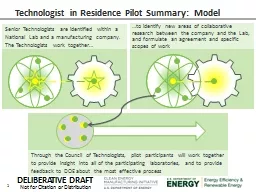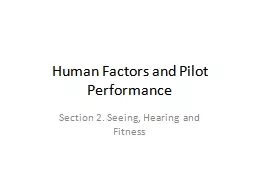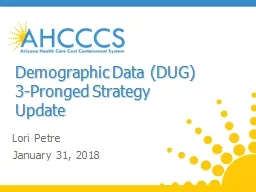PPT-Pilot Study of a Multi-Pronged
Author : briana-ranney | Published Date : 2017-12-18
Intervention Using Social Norms and Priming to Improve Adherence to ART and Retention in Care Among Adults with HIV in Tanzania Sandra McCoy Carolyn Fahey
Presentation Embed Code
Download Presentation
Download Presentation The PPT/PDF document "Pilot Study of a Multi-Pronged" is the property of its rightful owner. Permission is granted to download and print the materials on this website for personal, non-commercial use only, and to display it on your personal computer provided you do not modify the materials and that you retain all copyright notices contained in the materials. By downloading content from our website, you accept the terms of this agreement.
Pilot Study of a Multi-Pronged: Transcript
Download Rules Of Document
"Pilot Study of a Multi-Pronged"The content belongs to its owner. You may download and print it for personal use, without modification, and keep all copyright notices. By downloading, you agree to these terms.
Related Documents














![[EBOOK] - FAA-CT-8080-2H Airman Knowledge Testing Supplement for Sport Pilot, Recreational](https://thumbs.docslides.com/903261/ebook-faa-ct-8080-2h-airman-knowledge-testing-supplement-for-sport-pilot-recreational-pilot-remote-pilot-and-private-pilot-g.jpg)